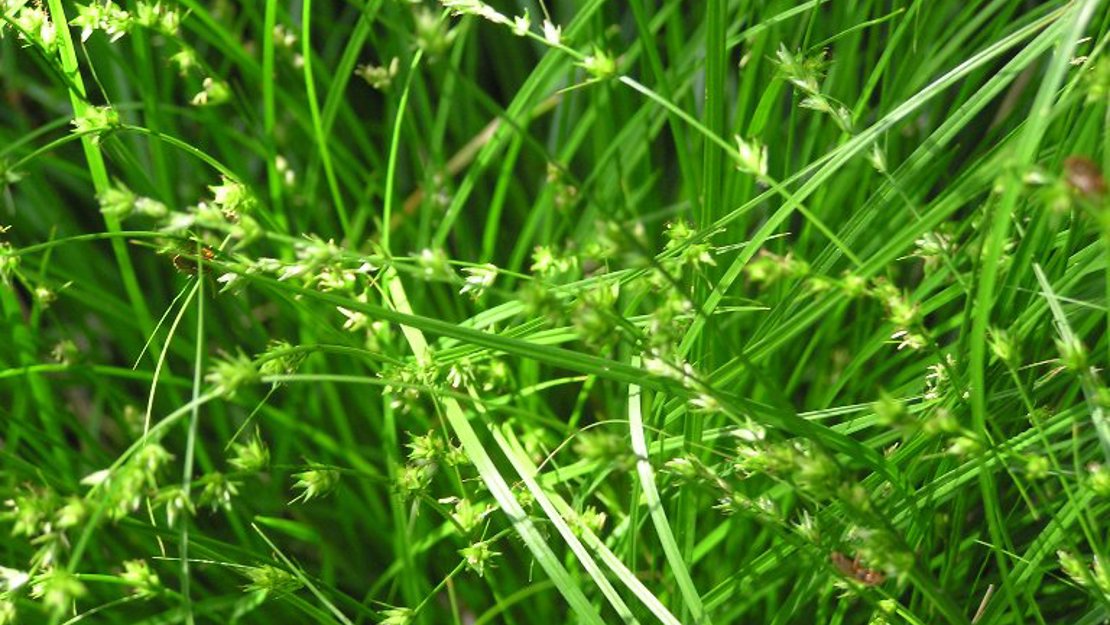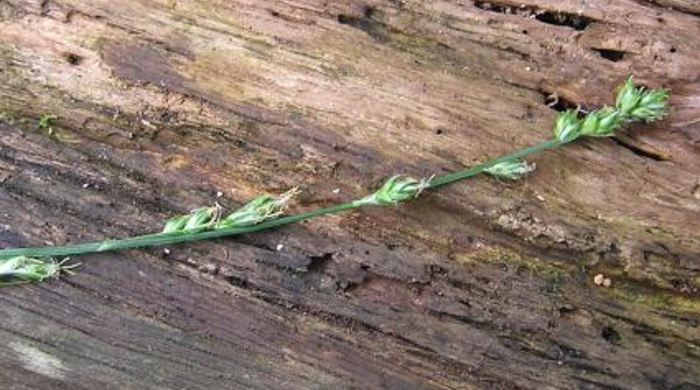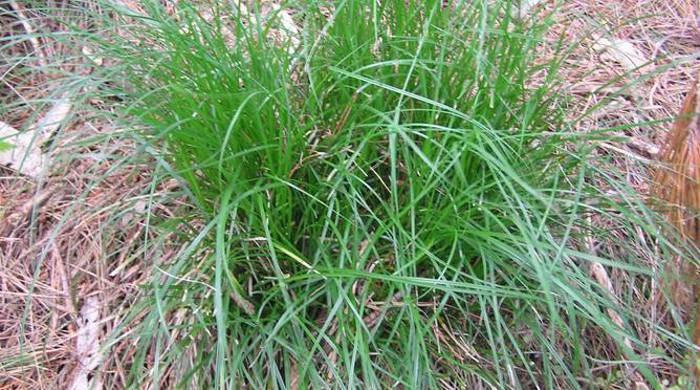Carex divulsa
Carex
Also known as:
Meadow sedge, grey sedge, divided sedge
Family: Cyperaceae
Origin: Eurasia

Regional Pest Management Plan (RPMP) status
- Whole region — Sustained control
- Hauraki Gulf Controlled Area Notice pest
General description
Long-lived, dense, deeply rooted perennial tussock-forming sedge < 50 cm tall. Leaves are dark green to yellow-green with dull sheaths. Flowers are small, brown/green and borne on thin arching stems in inflorescences on long flower spikes.
What you need to know
To help protect our environment, from 1 September 2021:
- You must not breed, distribute, release or sell carex within the Auckland region.
- You must not plant carex within the Auckland region, unless you are transferring an existing plant on your land to another location within the boundaries of the same property.
- You must destroy any carex on land that you occupy if it has been planted in breach of the above rules and you are directed to do so by an authorised person.
Habitats
Pasture, forest, forest margins, grasslands, lawns.
Dispersal
Sets seed, vegetative spread from rhizomes. Seeds and rhizomes dispersed by water, soil movement and attachment to birds and livestock. Human-mediated dispersal through contamination of machinery.
Impact on environment
Competes with native grass species. Displaces pasture species, invades apple orchards and threatens horticultural plants by acting as a potential reservoir for rust fungi.
Control
Site Management
Follow up treated areas 3 times per year. Encourage natural regeneration of native plants or replant treated areas where possible after 2-3 treatments to establish dense ground cover and minimise reinvasion.
Recommended approaches
Physical control
Method: Dig out.
Plant parts requiring disposal: Seeds and rhizomes.
Disposal options: Remove to greenwaste or landfill if practical.
Biocontrol
Biocontrol is currently not available for this species.
Community agrichemical control recommendations
No qualifications:
For small infestations: Foliar spray with 15ml glyphosate green per 1L of water.
Basic Growsafe certified:
For medium to large infestations: Foliar spray with 150ml glyphosate green per 10L of water.
Caution: When using any herbicide or pesticide please read the label thoroughly to ensure that all instructions and safety requirements are followed.







